GIS Surveying & Mapping
Efficiently & accurately map thousands of square kilometers using drones
Efficiently & accurately map thousands of square kilometers using drones
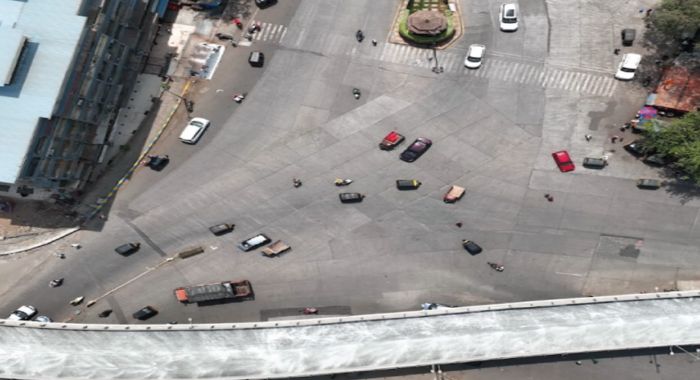
Create high-resolution maps, digital surface and terrain models to understand topography and land use patterns.
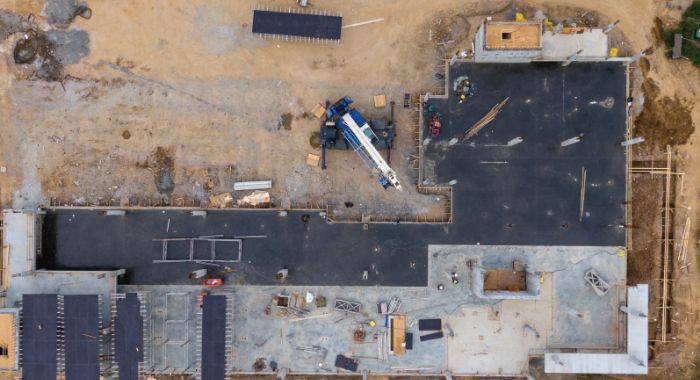
Simplify and accelerate construction site selection, design, and progress monitoring with the help of AI-based insights.
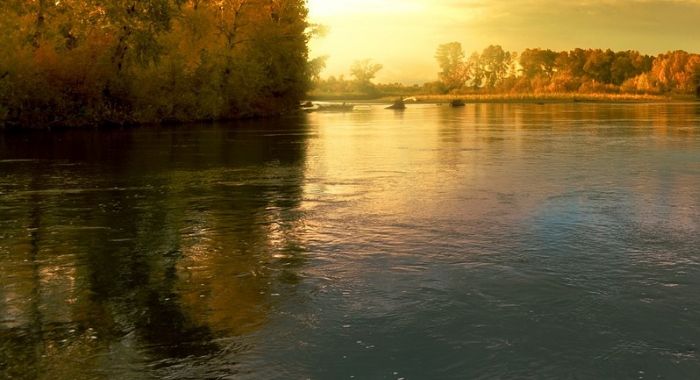
Ensure effective planning and management of watershed at scale with the help of drone data.
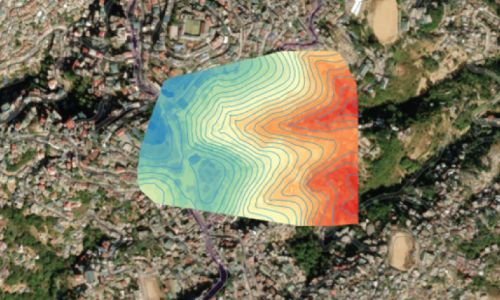
Delivering use-case specific insights from aerial mapping data.
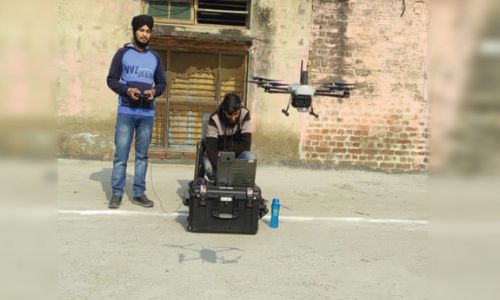
50+ trained pilots for operations at scale.
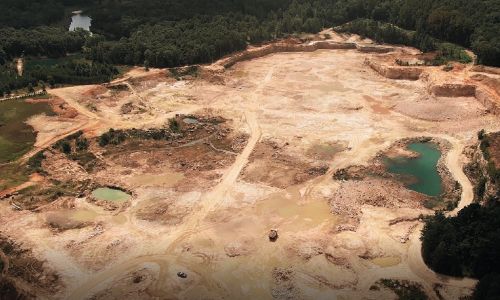
#1 drone service provider with coverage of largest land area in India.
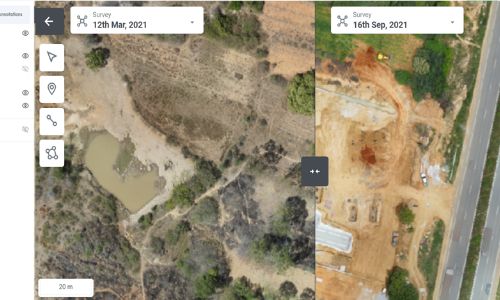
A complete solution with hardware, software, workflow management, training & support.
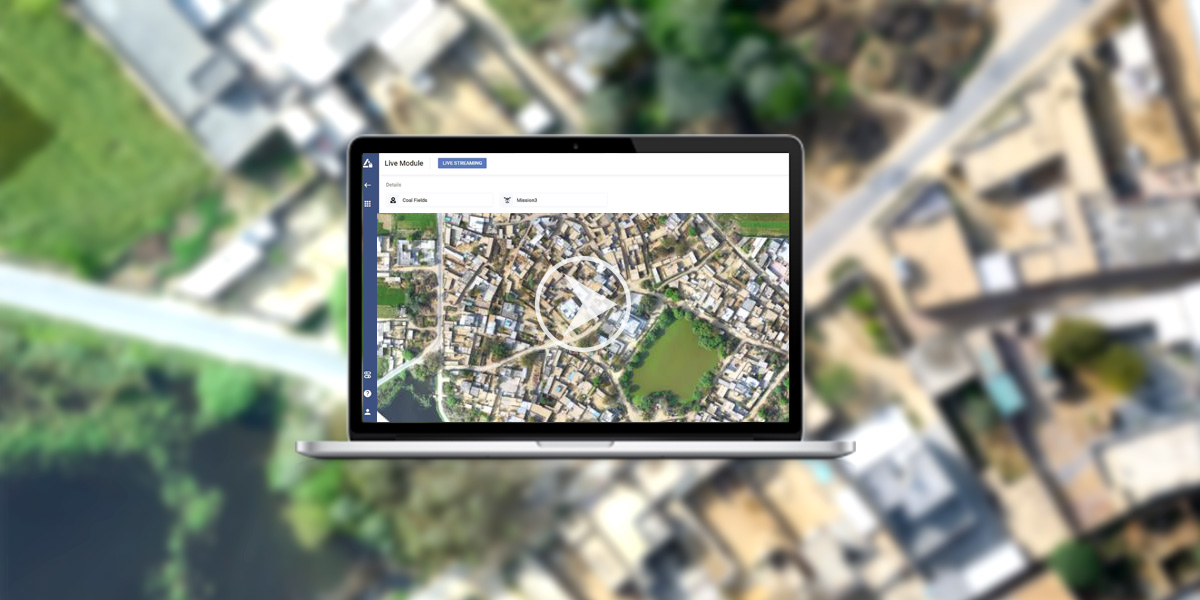
Scale up your land surveying capabilities with Asteria’s range of survey-grade drones that can capture up to 5 sq. km in a single flight, without compromising on accuracy. Our integrated high-resolution cameras can achieve a ground sampling distance of <3 cm/pixel from a flight altitude of 120 meters.
Leverage the power of hyperscale in Asteria’s cloud GIS data processing platform to stitch hundreds of sq. km of drone survey data, all through your browser, without having to purchase any high-performance workstations.
With SkyDeck, accessing high-volume GIS data is simply a click away. Load and visualize high-resolution maps in under a few seconds without the need for expensive GIS tools. Run analytics and generate reports to share with your collaborators and customers.
10-20x
reduction in time & cost
Up to 60%
increase in collaboration
<24 hours
from data collection to processing
Enhance operational efficiency without investing in hardware, software, and analytics using Drone-as-a-Service solution.
